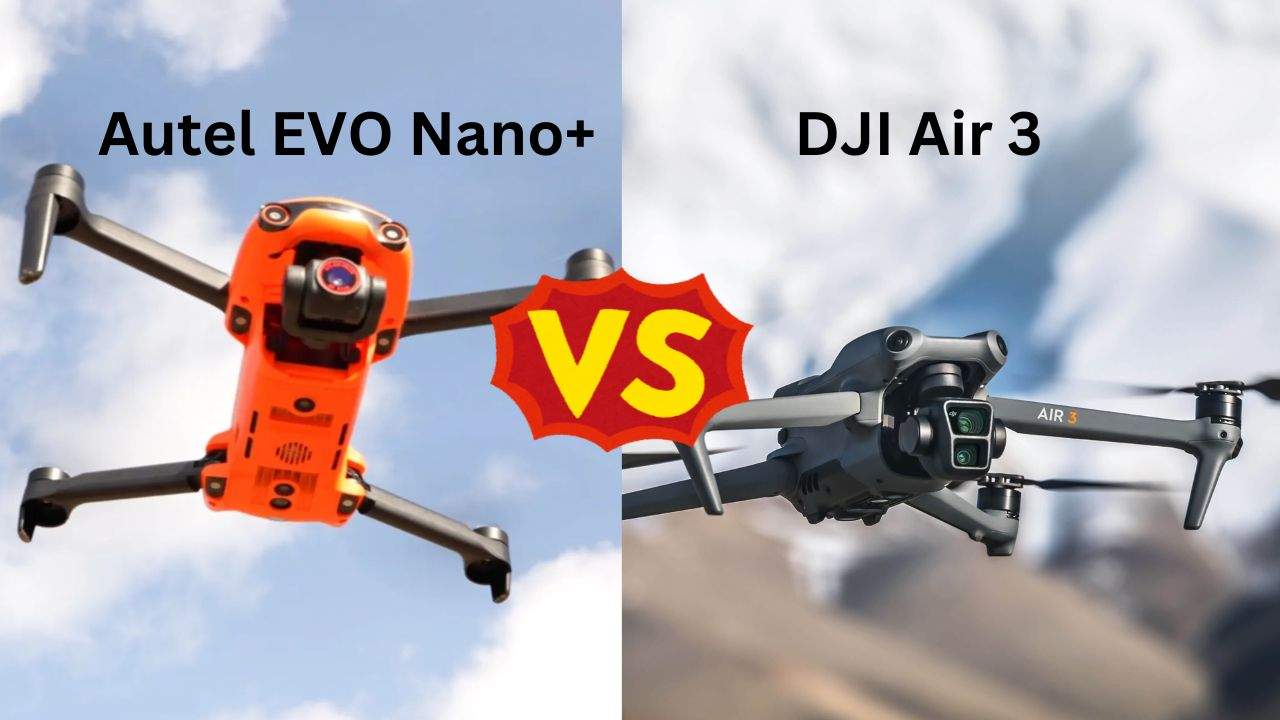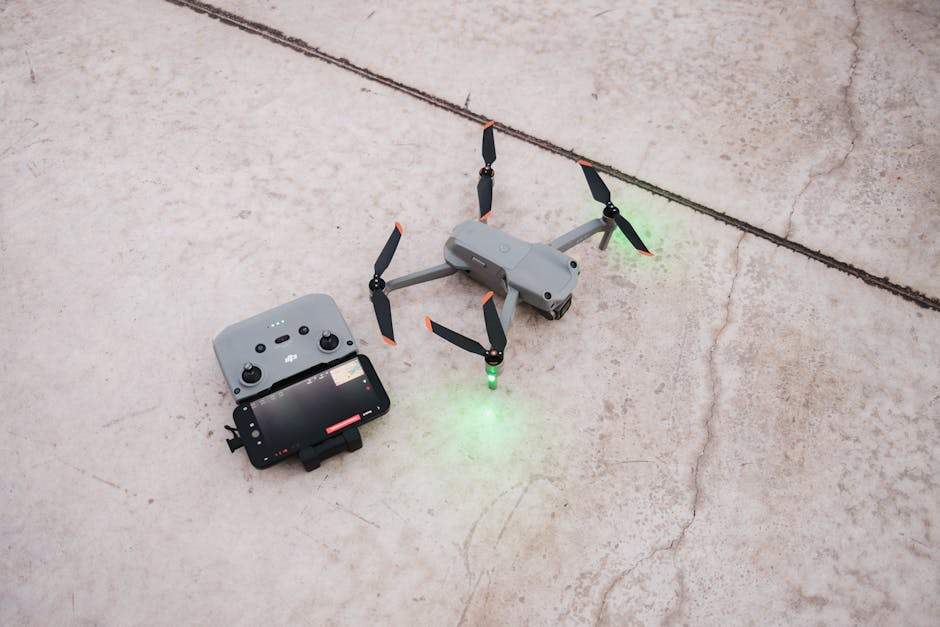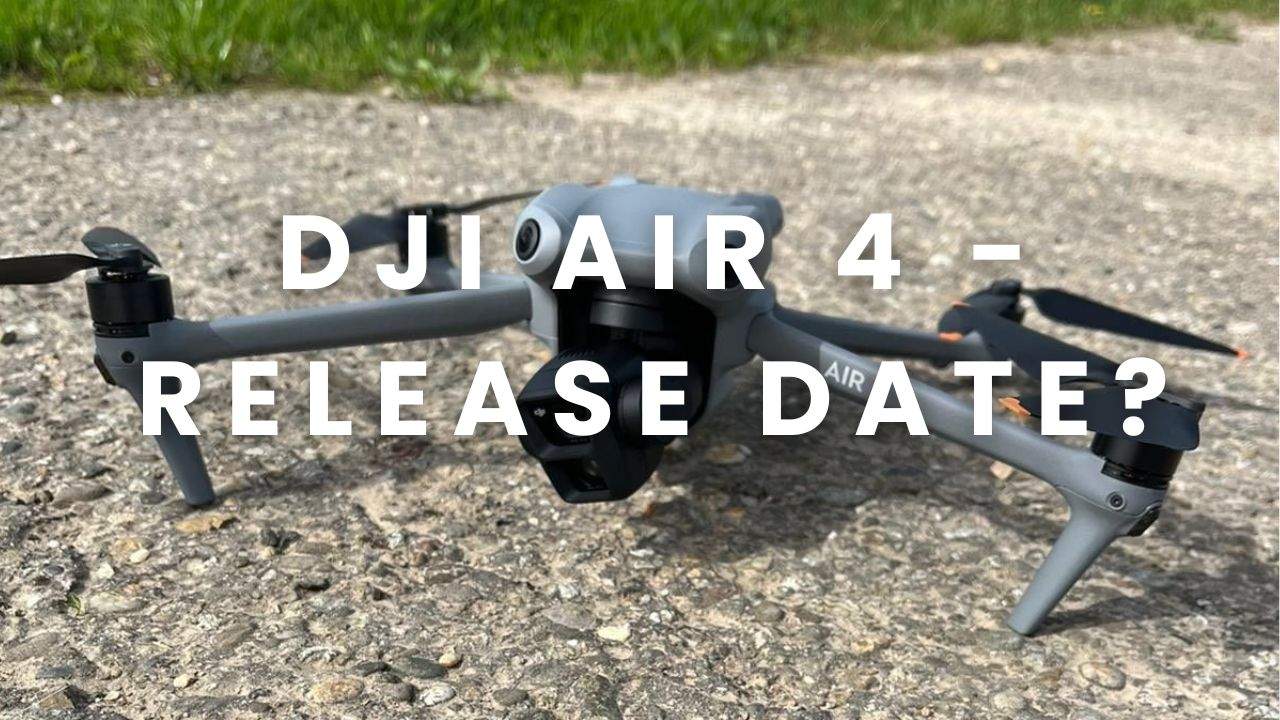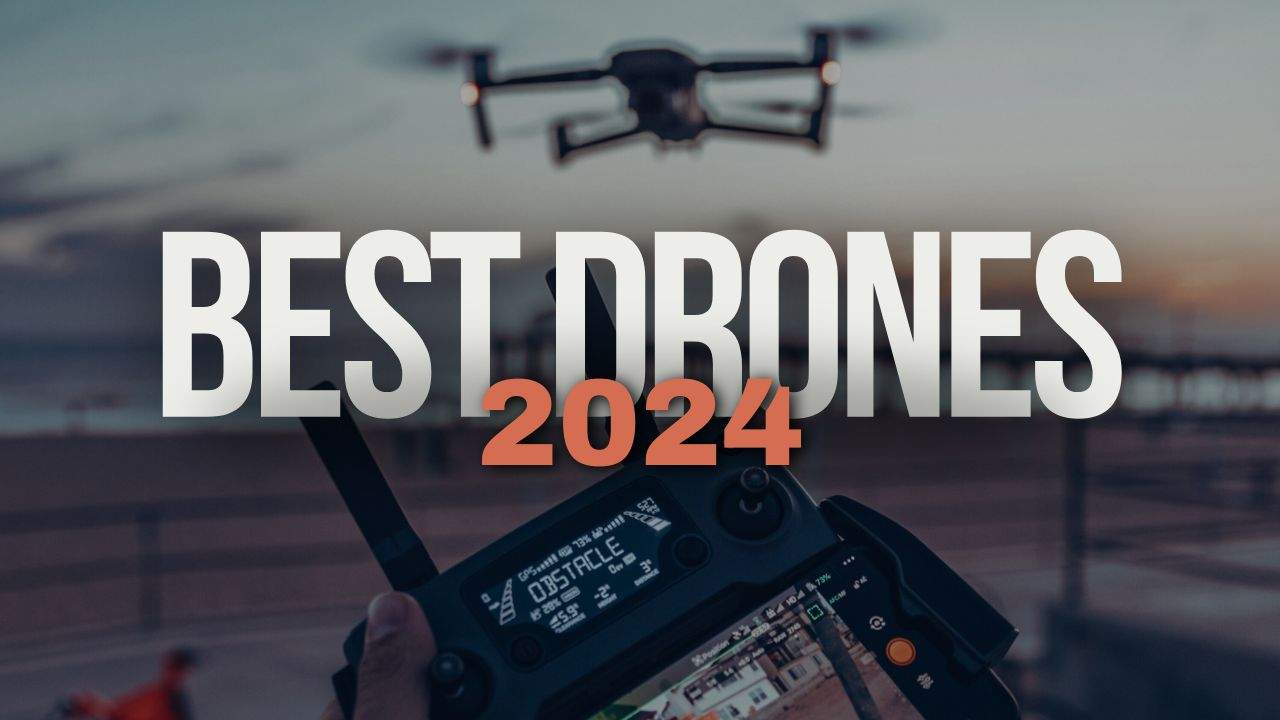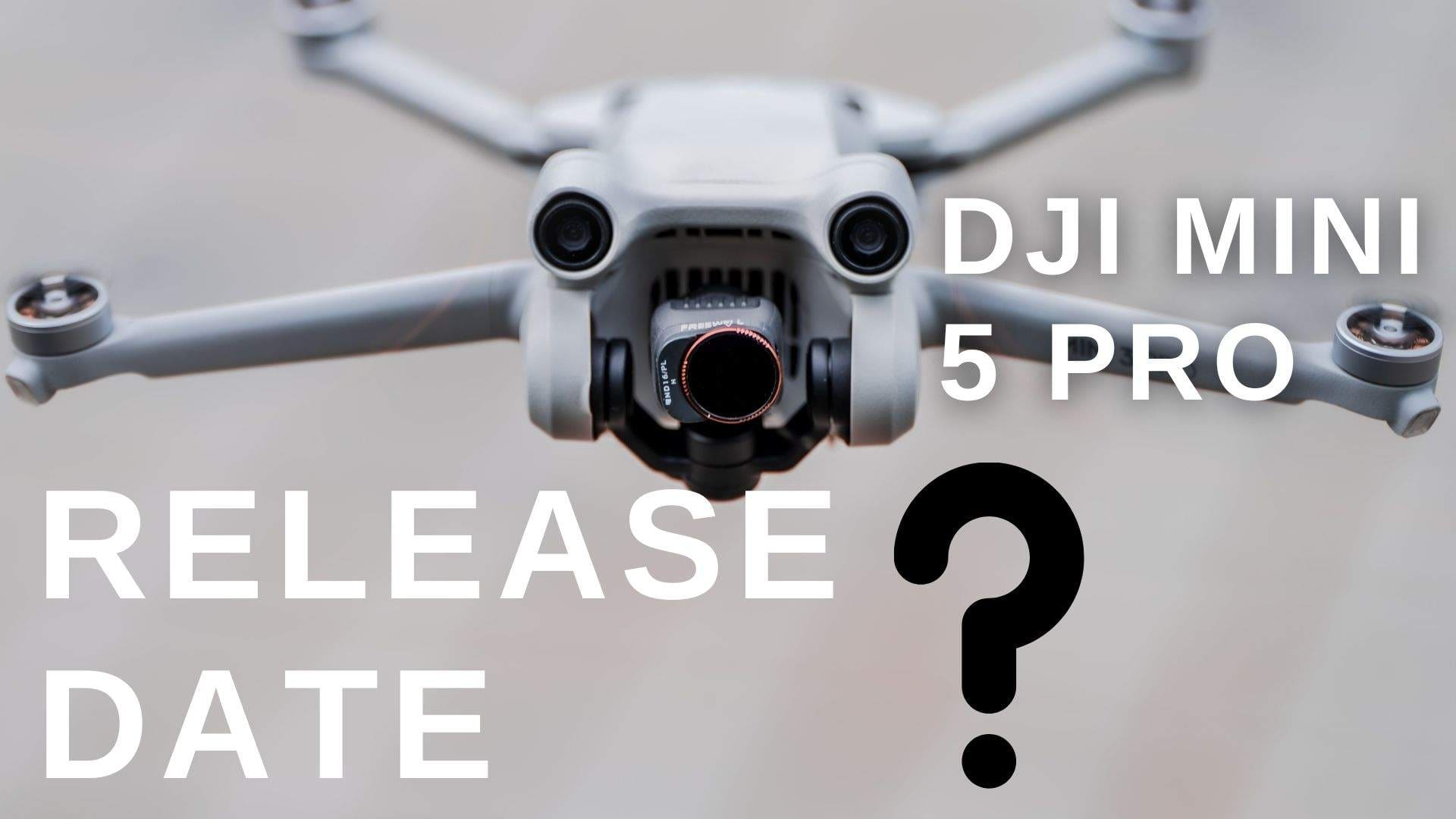The DJI Inspire series has long been a cornerstone for professional aerial cinematography, and the anticipation for the DJI Inspire 4 is building among drone enthusiasts and professionals alike. As of now, there is no official release date for the DJI Inspire 4, but rumors and industry speculation suggest that it could be announced in late 2024.
Expected Features and Improvements
- Enhanced Camera Capabilities: Following the advancements seen in the Inspire 3, the Inspire 4 is expected to feature an upgraded camera system. This might include an improved full-frame sensor capable of 8K video recording, along with enhancements in low-light performance and dynamic range.
- Longer Flight Time: One of the most requested features from users is extended battery life. The Inspire 4 is expected to offer longer flight durations, potentially exceeding the current standards set by the Inspire 3.
- Advanced AI and Automation: DJI is likely to integrate more sophisticated AI-driven features to assist with automated flight paths, obstacle avoidance, and subject tracking. These advancements will make the drone more user-friendly and capable of capturing complex shots with ease.
- Improved Stability and Control: With advancements in RTK (Real-Time Kinematic) positioning and enhanced stabilization systems, the Inspire 4 is expected to provide superior flight stability and precision, crucial for professional filming.
Industry Context and Market Position
The DJI Inspire series is known for setting high standards in the drone industry, particularly for professional use in cinematography and large-scale video productions. The Inspire 3, released in April 2023, set a new benchmark with its 8K imaging system and advanced flight features (DroneDJ) (DroneDJ). Given this trajectory, the Inspire 4 is anticipated to push these boundaries even further.
Community Wishlist and Speculation
The drone community has been active in discussing potential features and improvements they wish to see in the Inspire 4. Forums and discussion boards are rife with speculation, with many users hoping for enhanced lens options, greater payload capacity, and more versatile gimbal configurations (dronenr) (Cameraegg).
What are the specs of the DJI Inspire 3, and where would we like to see improvements?
The DJI Inspire 3 is a high-end professional drone designed for cinematography and aerial photography. It features a full-frame 8K sensor capable of recording 8K video at up to 75 frames per second and 4K video at 120 frames per second. The camera uses interchangeable DL mount lenses and offers a dynamic range of over 14 stops.
In terms of flight performance, the Inspire 3 can reach a maximum speed of 94 km/h (58 mph) and has a maximum flight time of approximately 28 minutes. The drone can operate up to a maximum service ceiling of 7,500 meters (24,600 feet) and offers precise hover accuracy of ±0.1 meters both horizontally and vertically.
The stabilization and control systems include a 3-axis stabilized gimbal and Real-Time Kinematic (RTK) positioning for high precision. It also features omnidirectional obstacle sensing to enhance flight safety.
The Inspire 3 uses the O3 Pro transmission system, providing a range of up to 15 kilometers (9.3 miles) and supports a 1080p/60fps live video feed. Intelligent flight modes include Waypoint 3.0, Spotlight Pro, ActiveTrack 3.0, and Point of Interest 3.0, allowing for advanced automated flight paths and tracking.
The drone is built with a magnesium-aluminum composite shell and weighs 3.9 kg (8.6 lbs), including the camera and battery.
Areas for Improvement
The DJI Inspire 3, while impressive, has several areas where improvements could be beneficial. Increasing the flight time to at least 35-40 minutes would significantly enhance productivity, especially for longer shoots. Enhancements to the camera, such as higher frame rates at 8K resolution (e.g., 8K at 120fps) and improved low-light performance, would further elevate its capabilities.
The precision and reliability of obstacle detection and avoidance systems could be improved, especially in complex environments. Reducing the overall weight of the drone would enhance flight efficiency and maneuverability without compromising build quality. Extending the transmission range to 20 kilometers or more would provide better operational flexibility.
Introducing a 4-axis gimbal could better handle vertical movements and improve overall stability. More intuitive controls and a more responsive user interface would allow for quicker adjustments during flights. Additionally, new intelligent flight modes that leverage AI for even more automated and complex shot setups could be beneficial.
Conclusion
While we await official confirmation from DJI, the Inspire 4 is shaping up to be another groundbreaking release in the professional drone market. With expected advancements in camera technology, flight time, AI capabilities, and stability, it promises to be a significant upgrade from its predecessor. Keep an eye out for official announcements from DJI as we move further into 2024.
For more details and the latest updates, you can check sources like DroneDJ and CameraEgg (Freewell Gear) (dronenr) (Cameraegg).




